How to Stop Worrying About Food in Spite of all the Hype (the Answer is “Eat Local”)
I’ve noticed more and more people seem fed up with trying to choose what to eat.
Attempts to make good food choices are often derailed by yet another media blitz announcing our dinner is unhealthy, contaminated, ruining the environment, inhumane, or causing human rights violations. How can any sane person navigate all the food noise? Why can’t there just be one simple solution to choosing good food?
The simple solution is just eat local food as often as possible.
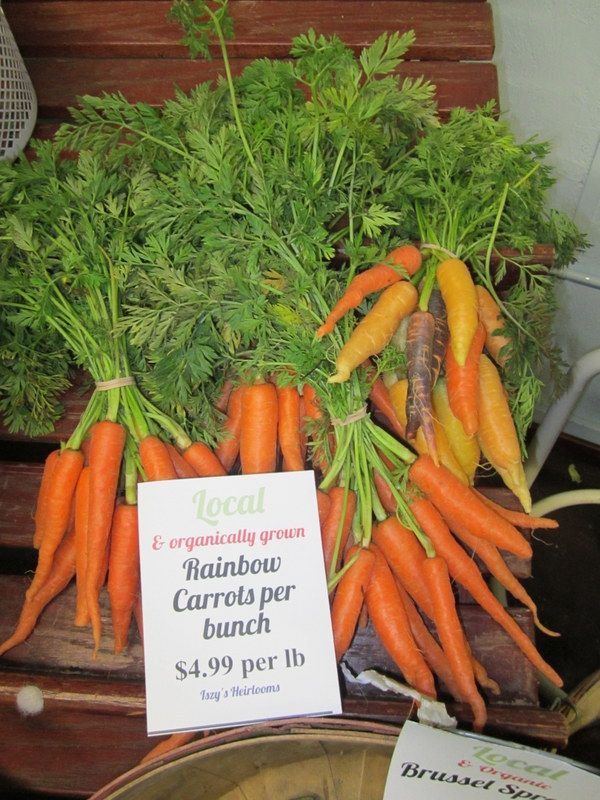
Photo Caption: All the local food photos in this post were taken today at the Swamp Rabbit Cafe & Grocery in Greenville, SC — which means you can just drive over there and get it.
Seriously! If you can’t remember all the other do’s and don’ts, just remember to eat local. Local food could fix everything… I can’t think of a single food-related problem on Earth that local food doesn’t put a sizable dent in.
I know we aren’t there, yet. Yes, I do recognize that some local foods make more of a difference than others. A local conventional monoculture crop is far less beneficial than a local small-scale permaculture system. But “local” is evolving rapidly as demand increases. Only 12 years ago the common response to my urban farm was, “You’re crazy, why would you do that?” Now, hundreds of people are willing to pay money to tour it. Every year, local food options improve across the the world. Each time you buy local, you support that.
In South Carolina (and surrounding areas) we can grow from the mountains to the sea and produce familiar foods such as tomatoes, corn, beans, potatoes, peaches, strawberries, blueberries, eggs, meat, and seafood. Many of these foods are already readily available at farmer’s markets, local food groceries, CSAs, farm stores, and even some conventional supermarkets.
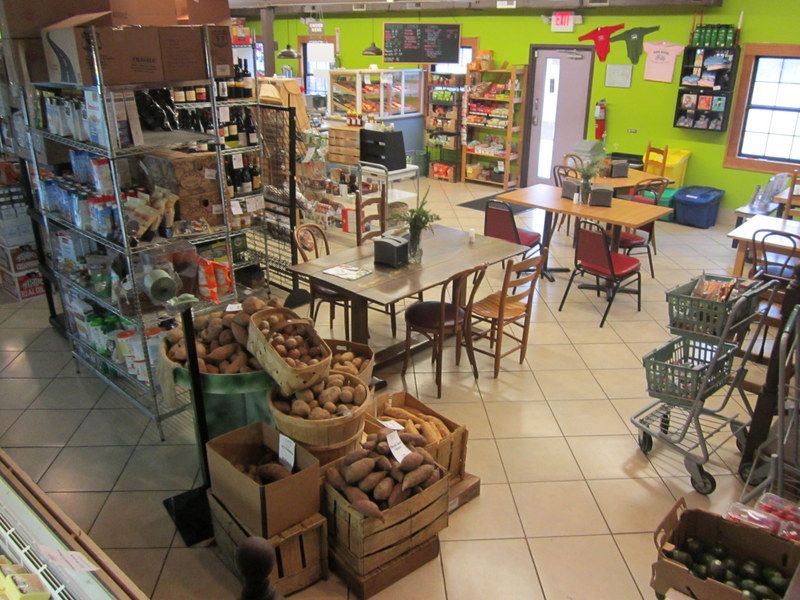
The Swamp Rabbit Grocery is named for a local bike trail in Greenville, SC (which it resides on) and is stocked with local produce, grain, meat, eggs, dairy, baked goods, beer, and many other products.
What people don’t realize is that we also have the capacity to produce specialty items like citrus, pomegranates, olives, truffles, maple syrup, grain, hops, hothouse items, tea, and rice. As long as the demand is there, farmers will keep expanding crop availability. Remember, peaches aren’t native to this area — someone had to try growing the first one.
Look at how many things local food can fix:
Unhealthy Food
Eating whole foods vs. processed is better for you, period. No matter where you get it. However, local food still carries the advantage in this department.
We have the ability to breed food for different desirable traits. Small farmers are more likely to choose produce varieties and animal breeds based on customers caring about flavor and nutritional content. Conventional farmers are usually more concerned with selecting for fast maturity rates, storage, and shipping qualities. Additionally, small farms have more opportunities to feed varied, nutrient-rich diets to their plants and animals. You are what you eat, and so is your food.
Nutritiously superior real free-range eggs, milk higher in omega-3 fatty acids, immune-boosting local honey, antioxidant rich pasture-raised animals, and ripe-harvested (plus briefly stored) produce are all examples of the health benefits of local food.
Organic Practices
I have mixed feelings about the “organic” label. It’s possible (and common) to produce “organic” food that has imperceptible differences in health or environmental impact than conventional food. How can you make the best choices with organic food? Again, you’re more likely to get what you think you’re paying for if you buy it local.
Listen, a monoculture is a monoculture. Processed food is processed food. In spite of the highly publicized controversy, it did not surprise me much when scientists did not find many positive differences between large-scale farmed conventional & organic foods. (Though they did find organic produce had less pesticide residue).
If someone is determined to farm in monocultures, I’d prefer that they try to be less toxic, but it’s a bad system. Trying to come up with ways to do monocultures organically is like a band-aid for a broken leg.
Local farmers are more likely to become (or already be) aware of sustainable practices. The shift is gradual, but every year I see more evidence of polyculture and permaculture farming. Small-scale organic is much more likely to be the chemical-free, low-environmental impact, more nutritious food you thought you were paying for.
To summarize, organic > conventional and local organic > organic (talk to farmers without certification to see what they are doing). Also, if you have the option, try to buy from farms that produce 3 or more different crops and animals.
Processed Foods
We’ve all heard processed foods are less healthy than whole foods. The definition of a processed food is any whole food that has been altered by a process. It’s arguably a process to chop your onions up before you cook them… or to cook them at all.
The unhealthy part of processing comes from overdoing it. High heat, additives to retard spoilage and increase shelf life, chemical bleaching… these are all things that reduce the nutritional value of the food we eat.
Michael Pollan’s 7 “food rules” include “Don’t eat anything your great-grandmother wouldn’t recognize as food.” In my daughter’s case, I suppose she should consider her great-great grandmother. Again, this conundrum can easily be remedied by buying local processed foods such as artisan bread, small-dairy cheeses, or homemade canned goods. If you meet the person who makes it, it’s a lot easier to ask what is in it (or request they start making purer food).
Don’t forget your local restaurants! Every time you go, ask if they have anything local on the menu. If they know demand exists, they’re more likely to start offering it.
Contaminated Food
Would you like some disease with that? The Wikipedia list of foodborne illness outbreaks in the US is disturbingly long.
Most of the time this problem can be traced to the monoculture practices we already covered. On ecologically-minded farms, things like animal manure and irrigation water are managed so that they are sanitary and unlikely to cause contamination problems. Livestock can be managed without the use of excessive antibiotics (and the resulting superbugs). If you buy local, you can check on how your farmers are producing their food.
Global Warming
You may have heard of food miles — the distance traveled and resulting fossil fuels burned to get your food from farm to plate. They’re unfortunately very difficult to calculate accurately since there are so many variables. (Did the produce travel by car, truck, train, plane, boat? Was it harvested with machinery? Was it fertilized or protected from pests by fossil-fuel based chemicals? How efficiently was it distributed? What kind of energy was used to refrigerate it? Is it better to grow tomatoes in a sunny Spanish field and export them or to grow them under fossil-fueled heat in a local Swedish greenhouse? Is it better for a single large semi to transport a load of apples or 20 different small farmers to drive pickups to the farmer’s market?)
Still, my inclination is that in most cases local burns less fossil fuels. The more local (your backyard), the better, but local food is more likely to be grown with less fossil fuels in the farming stage with only brief fossil fuels used in the transportation stage. Also, as demand increases, the likelihood of local farms in walking distance increases, too.
Fossil fuels aside, local farms are also more likely to sequester carbon from the air.
Finite Resources
Small farming practices have the option to be less cavalier with our finite resources. This includes the highly publicized problem of peak oil, but it also includes lesser known problems such as peak phosphorus.
It’s possible to maintain a small-scale farm without mining rock phosphate (made from fossilized guano and used in both organic and conventional fertilizer — there is no other commercially available option for this critical plant nutrient). It is not possible to maintain monoculture crops without rock phosphate as a resource. Some estimates calculate that it is only a few hundred years before we’ve run out of all the available rock phosphate on the Earth.
Support small-scale local farms, let them know you want them to work hard to achieve a closed farming system, so that they do not need to used limited mined resources to exist.
Pollution
Aside from fossil fuel burning, some of the worst pollution from farming comes from factory-farmed livestock manure, monocrop farm (and public use) phosphorus runoff, and conventional chemical herbicides, pesticides, and fertilizers.
Local small-scale farms are capable of circumventing all of these problems.
Feeding the World
The idea that only conventional agribusiness can successfully feed the world has been debunked. However, I still think that the population is eventually going to be forced to adjust itself. In fact, it’s already started.
Can the world feed itself right now? Most likely, but not if it keeps doing conventional farming (which relies heavily on finite resources and contributes to global climate change). Again, local farms are the way to go. They’re the ones experimenting with techniques like using mushrooms or hugelkultur to restore damaged or desert land. Others have chosen to replace their lawns with an urban farm. It’s more than possible to put plenty of food where the people are — don’t let anyone tell you otherwise.
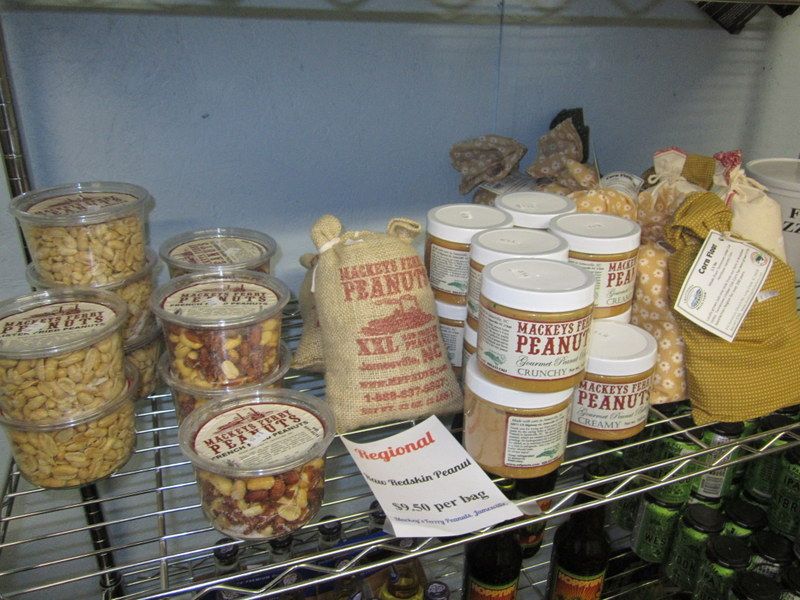
Photo Caption: The southeast is good at growing peanuts. Next time you’re craving a peanut butter sandwich, keep it in mind!
Impact on Nature
This one is easy. Nature doesn’t thrive in monocultures. Polyculture and permaculture farms have far more wild biodiversity than large conventional farms. They’re also much less likely to negatively impact the nature outside their borders. The best thing is that these smaller farms utilize nature to do much of their work for them. Why spray pesticides when you can get beneficial insects or animals to eat the pests?
Ask your local farmers if they’re employing nature on the farm (and providing a way to coexist with it). Better yet, find a food forest to buy from.
Loss of Pollinators
Large scale beekeeping kills bees. It starves them, stresses them, lowers their immune system, reduces their genetic diversity, and poisons them with chemicals. Most instances of Colony Collapse Disorder occur in large commercial bee yards (or on the trucks they use to move the bees from farm to farm).
The cost to start a honeybee hive has quadrupled in the 5 years since I started beekeeping. This reflects both the massive losses of honeybees and the rising interest in beekeeping.
When you buy local honey, you’re supporting better beekeeping practices and healthier pollinator colonies. If you have the option of buying honey from a chemical-free hive, that’s even better. Maintaining healthy pollinators is essential — otherwise we may be doing some unwanted human “job creation” like they have in areas of China.
It’s estimated that one in every 3 bites of food you eat was pollinated by honeybees. We can’t afford to suddenly lose 1/3rd of the world’s food supply.
Inhumane Treatment of Animals
This may be the topic with the most potential for controversy in this article. If you don’t want to eat meat, that’s fine. However, some people always will (but most should consider eating less).
Even if you don’t eat meat, perhaps you’d still want a farm animal to be raised with the most pleasant life possible. It’s not a stretch to imagine that an animal would like to wander around outside scavenging for its preferred food source over being crowded into a factory farm and subjected to debeaking, regular applications of disease control medications, and unnatural foods (not to mention the byproduct pollution and reduced nutritional value involved).
If you like meat, look for labels that say things like “free-ranged on pasture” or “grassfed.” It’s important for the “on pasture” to be present on a “free-range” label (otherwise the animal may have been freely ranging inside a warehouse). How do you know for sure? Buy local, and visit the farm.
As one local farmer told me, “I like to think my pigs only have one bad day.” His pigs certainly looked happy in their forested, large pasture on the day I visited.
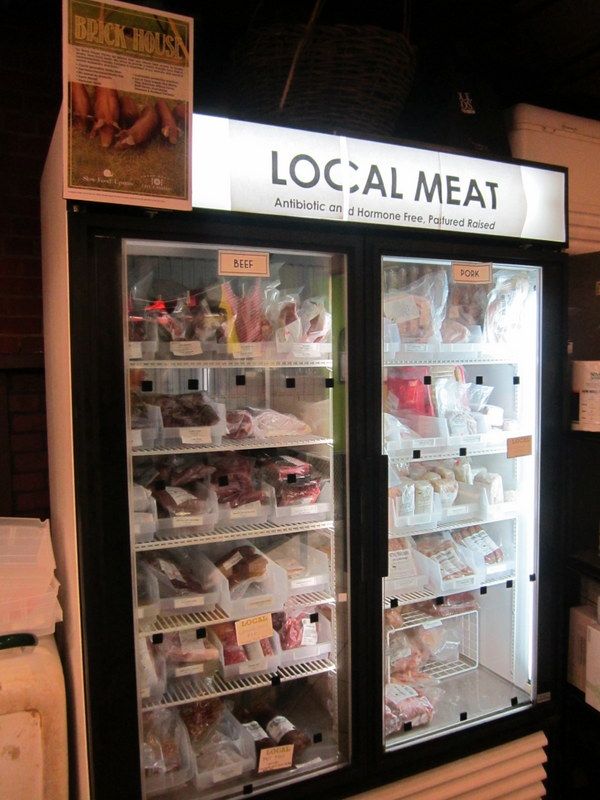
Photo Caption: You can get beef, pork, chicken, lamb, turkey, rabbit, seafood, and more at the Swamp Rabbit Grocery.
GMOs
Nevermind, I think this is probably the most controversial topic in this article.
I am not going to make either side happy when I admit that so far I haven’t been convinced in either direction. I don’t like food monopolies, so I tend to lean towards any farm that helps preserve seed diversity with heirlooms and other open-pollinated varieties. I’m also very skeptical of any company testing a farmer’s fields and going after them for using patented seed (whether pollen blew it onto their property or not). I don’t think plants should be patented in the first place.
I also find releasing wind-pollinated GMO crops questionable and the idea of Round-Up Ready crops horribly misguided. Like any great tool, science needs to be used responsibly.
Again, it’s a lot easier to ask your local farmer what they are growing.
Genetic Diversity
In addition to the threat from plant patents and the accidental loss of genetics through GMO pollen contamination, we’re simply not good at growing a lot of things anymore.
We plant field after field of the same corn varietal or cloned apple tree. It’s like the vegetable equivalent of Star Trek’s Borg — every ‘Granny Smith’ apple in the world was cloned from the same, single mother tree.
How do organisms survive pests, diseases, and changing climates? They spread their seeds & offspring and the strongest survive. What happens when humans inbreed the same handful of squash varieties or apple clones for hundreds of years? They die without being coated in artificial life support (chemicals).
In the 1940’s, Russian scientists starved to death rather than eat their precious seed bank. If your local farmer is producing rare heirloom crops or livestock, they’re helping to preserve important genetics for generations to come. Even if a farm doesn’t save their own seed or breed their own animals, they’re buying it from someone who does.
Dietary Restrictions
It may be possible that foods necessary to your diet are unavailable in your vicinity. The best option is to make sure your local farmers know there is a demand for the product you want. If you have the interest and the means, you could try growing it yourself.
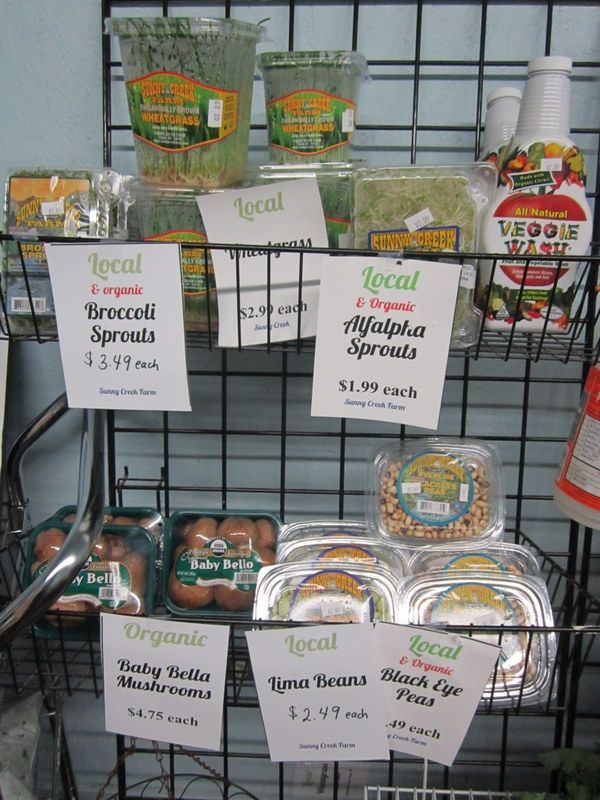
Photo Caption: Many of us don’t expect to find specialty items like wheatgrass at a local food market, but they are becoming more widely available. Farmers appreciate it when you let them know there is demand for a product they could be selling.
Soil Erosion
With current large-scale farming practices, farms are losing more topsoil than can be replaced every year. Local farms are more likely to practice soil nurturing techniques to keep their farms fertile and productive (and to prevent the next dust bowl).
Water Shortages
If you care about our water supply, and you should, your best bet from a food perspective is to try and find local permaculture farms. Barring that, ask your local farmers what they are doing to reduce their water consumption.
Outsourced Costs
What you pay for food is not what it cost to produce and ship it to you. Local food may seem more expensive, but in reality it reflects the true cost of what it took to make it.
Exploitation of Workers
Not sure if your favorite food item was picked by workers paid too little to put meals on their own table? Buy local and talk to the farm employees.
Economy
When you put money into your local economy, you’re making an investment that will help increase your standard of living. Buying local food has been proven to make a meaningful difference in local economies.
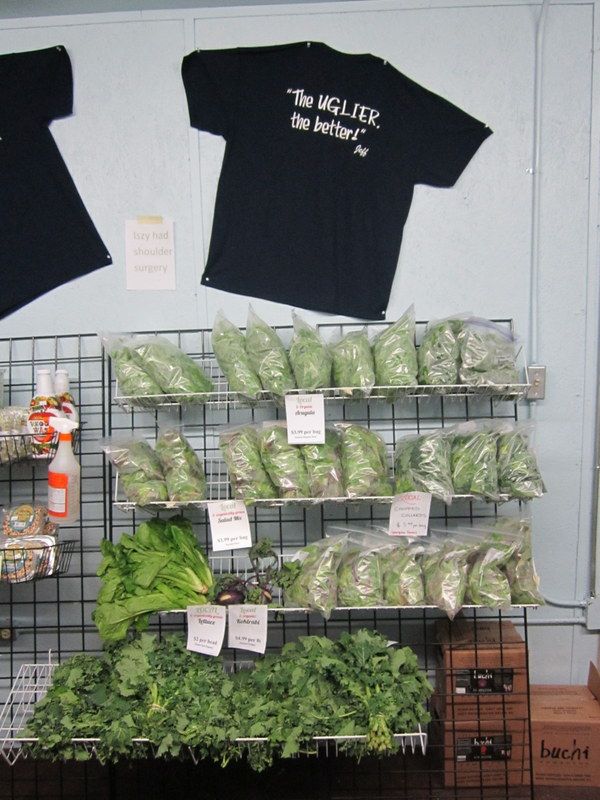
Photo Caption: Some farms sell non-food items like t-shirts — wearing them lets everyone know about available local food.
Politics
There’s the politics of food, which we’ve covered here extensively. Then, there is the broader theme of politics. The thing is, local food brings communities closer together and tight-knit communities are more likely to support each other. If you have a cause you want people to take seriously, it can’t hurt to spend time getting to know them first. Sharing your garden harvest with neighbors, joining a community garden, or attending a farm-to-table event is a good way to break the ice.
Everything Else
We all feel better when we know where our food came from. The more content we are, the less problems we tend to have.
Is that it? Yes.
Local food can change the world.
Does that mean the only thing an activist should do is buy as much local food as they can find/afford? I hope not. We can all do our part in various ways. But the next time you feel overwhelmed by the noise of food, just tell yourself that you’re doing what you can when you support the farms near you.
14 thoughts on “How to Stop Worrying About Food in Spite of all the Hype (the Answer is “Eat Local”)”
Comments are closed.
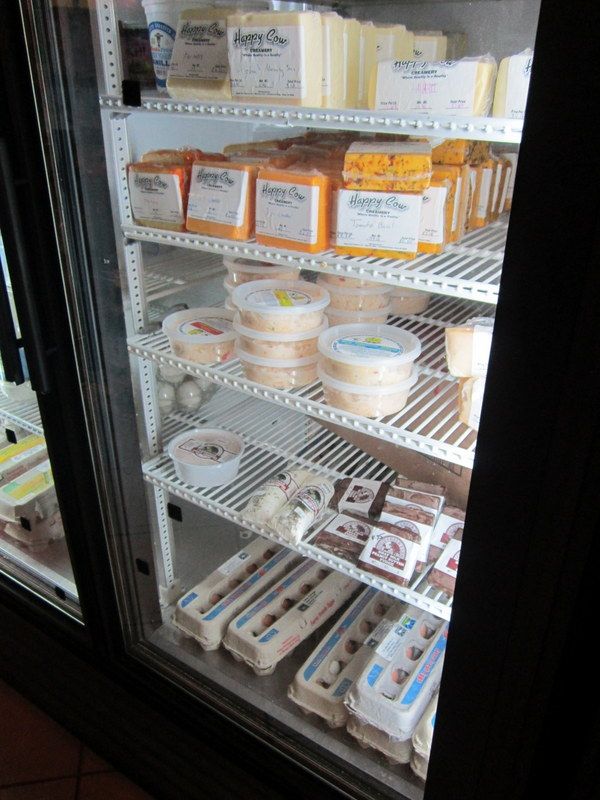
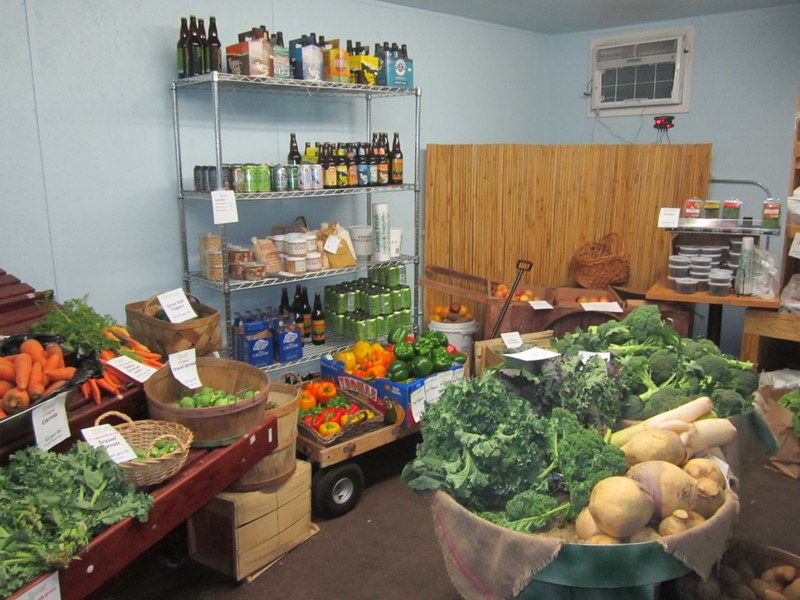
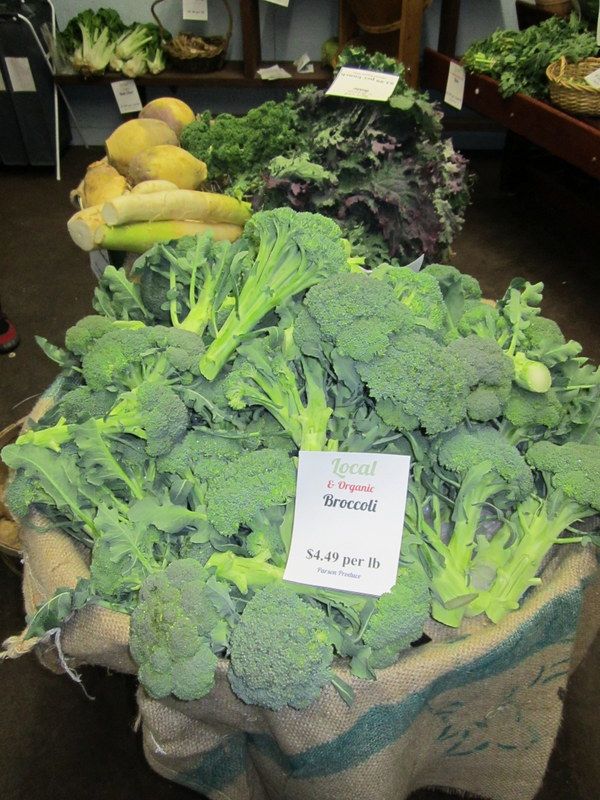
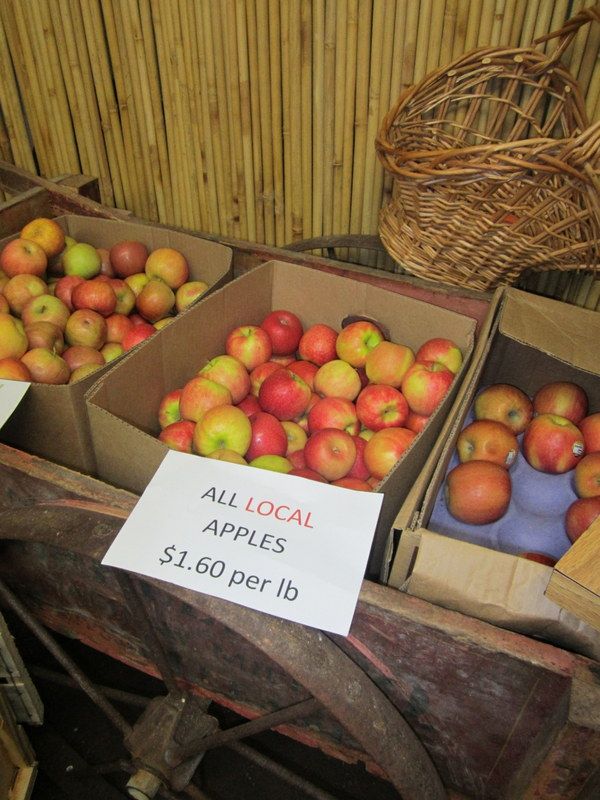
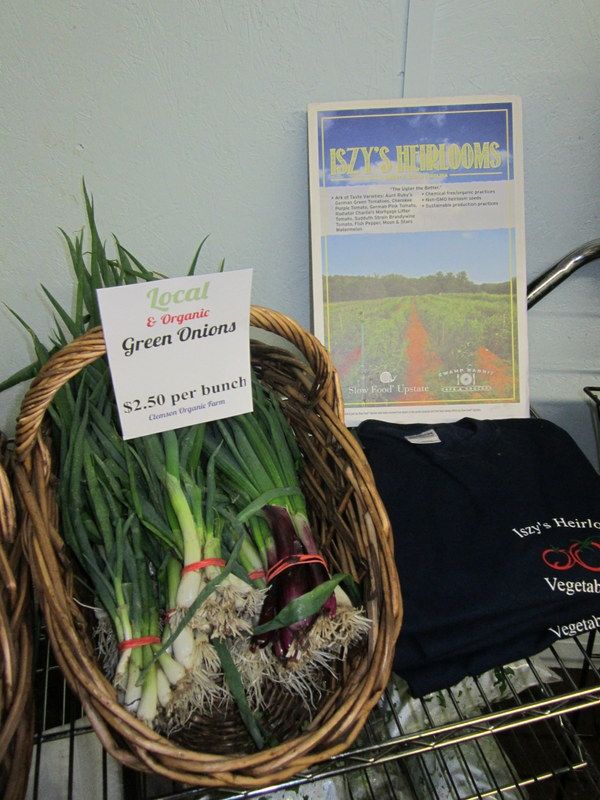

Mark Willis
Twitter: marksvegplot
- January 18, 2013 1:17 am
Some good “Food for thought” here, Eliza. You have made the case very convincingly (though I personally didn’t need to be convinced). Round here we only have a Farmers’ Market once a month, which is too seldom, but we do have a couple of pretty good food shops – like the one you have illustrated. Have you heard about our latest food scandal – the “Horseburgers” being sold in several of our supermarkets?
Mark Willis´s last blog post ..Velmead Common – Part 2
Sustainahillbilly
Twitter: appalachianfeet
- January 18, 2013 7:09 pm
Eww no… I mean, I guess it is fine if people want to eat horses but I’m assuming they were not “as advertised?”
I’ve been amazed at how much our local food community grows every year. I think the more aware people are becoming, the more farmers can make a living doing what they always dreamed about.
Sustainahillbilly´s last blog post ..How to Stop Worrying About Food in Spite of all the Hype (the Answer is “Eat Local”)
Janet, The Queen of Seaford - January 18, 2013 10:07 am
Well said Eliza, we love that we live in this part of SC where there are so many farmer’s markets. We know our farmer and love chatting with her each week. Local raw honey is the absolute best. We have a couple dairies that we frequent for butter, milk, and cheeses….have Happy Cow in the fridge right now. I love that some of the local restaurants are using more local farmers’ produce. Great post!!
(I need to get to Swamp Rabbit Cafe—have heard such great things about it!)
Janet, The Queen of Seaford´s last blog post ..What To Do On A Rainy Day
Sustainahillbilly
Twitter: appalachianfeet
- January 18, 2013 7:11 pm
We have Happy Cow milk in the fridge right now, too. Have you ever had their seasonal eggnog?
Have you ever had their seasonal eggnog?
Highly recommend the Swamp Rabbit!
Sustainahillbilly´s last blog post ..How to Stop Worrying About Food in Spite of all the Hype (the Answer is “Eat Local”)
PlantPostings
Twitter: plantpostings
- January 18, 2013 9:36 pm
Bravo! I miss my CSA, and I can’t wait until the first share in May! I have trouble eating locally during the winter, but I know that’s changing, too. If I lived in the south, I’d have a year-round veggie garden and I’d eat locally all the time1
PlantPostings´s last blog post ..Caught between ice, snow, a rock, and a hard place
Sustainahillbilly
Twitter: appalachianfeet
- January 19, 2013 3:06 pm
I love CSAs. I might do a protein share one this year. There are definitely areas where local food is easier to find than others — I hope the availability improves in your region! Six years ago there were few options where I live, too.
Pingback: Links to Think: 13.01.21 | Keren Threlfall
Sandra at Thistle Cove Farm - January 21, 2013 7:09 am
Dave always said, “pay now or pay later” and that’s applicable to a lot of life. As to the label “organic”, all one has to do is pay the blood money the USDA demands in order to use the word “organic”. A lot of small farmers can’t afford the close to $1,000.00 per year so use other buzz words..natural, healthful, healthy, etc. And, finally, about 80% of the horse meat exported from the USA goes to Italy for human consumption. Protein is protein but it’s the USA mindset that says, “no horse meat”.
Sustainahillbilly
Twitter: appalachianfeet
- January 29, 2013 10:11 am
I hate trying to figure labeling out… SO much easier to just ask a farmer, “hey, how’d you produce this?”
Curbstone Valley Farm - January 23, 2013 11:19 am
I agree, if you can’t grow your own, or all of your own food, buying local is key. Talking to local farmers, inquiring about their management practices, whether it’s the land, or livestock, and reconnecting with the food supply is all key. In some areas, like here, small local farms are disappearing. We’re in competition with developers, and local governments still don’t get how important it is to support communities with local food sources. They’d rather carve up 20 acres into 40 half-acre lots, and have the property tax revenue. I think only through the support of the public, through consumer demand for responsible, wholesome, food production, will policy makers finally understand why it’s important not to pave over the most productive soils. All our communities would be healthier, and happier, if more of our food production was kept close to home.
Curbstone Valley Farm´s last blog post ..Pear Leaf Blister Mites
Sustainahillbilly
Twitter: appalachianfeet
- January 29, 2013 10:13 am
Hear, hear!!
Claire - January 24, 2013 8:45 am
I try and grow what I can on our allotment or also some in the garden. what I cant grow then I do where possible buy local or at the very least buy from small local shops rather than bigger chains.
Claire´s last blog post ..How to Prune Raspberries
Sustainahillbilly
Twitter: appalachianfeet
- January 29, 2013 10:18 am
That’s awesome! I hope the movement just keeps on growing.
Pingback: News: Eliza on TV, Upcoming Events, and Our Favorite “How To” Articles | Appalachian Feet